May is Stroke Awareness Month—a time not just to reflect on the serious impact strokes can have, but to recognize the power we hold in preventing them. A stroke happens when blood flow to part of the brain is disrupted, either by a blockage (ischemic stroke) or a ruptured blood vessel (hemorrhagic stroke). This interruption can cause brain cell damage within minutes, underscoring the importance of swift action and proactive care.
According to the Centers for Disease Control and Prevention (CDC), stroke is the fifth leading cause of death in the U.S. and a major contributor to long-term disability. But here’s the empowering truth: up to 80% of strokes are preventable. That’s not just a statistic—it’s a message of hope and a call to action.
Understanding Stroke Risk Factors in Older Adults
While strokes can affect anyone, older adults are especially at risk due to age-related health factors. The National Institute on Aging identifies high blood pressure (hypertension) as the most significant risk factor, especially common in people over 65. Diabetes, poor diet, limited physical activity, and smoking can also elevate stroke risk by weakening blood vessels and circulation.
However, recognizing these risks is the first step toward change. By understanding how these factors influence stroke likelihood, we’re better equipped to make choices that protect our health.
Healthy Habits That Decrease Stroke Risk
You don’t need an extreme overhaul to reduce your stroke risk. Remember – every positive choice you make strengthens your body and builds a foundation of resilience against stroke. Even the smallest of changes can make a profound difference, such as:

- Eating a balanced, nutrient-rich diet of fruits, vegetables, whole grains, and lean proteins to support heart and brain health.
- Reducing salt intake and avoiding processed foods to manage blood pressure and cholesterol levels.
- Engaging in regular exercise to improve cardiovascular fitness, reduce blood pressure, and maintain a healthy weight.
- Prioritizing stress management, as chronic stress can raise blood pressure and lead to unhealthy coping mechanisms such as overeating or smoking.
Caregivers, Reducing Your Risk of Stroke is Important Too!
Caregivers are the unsung heroes of our healthcare system, often balancing work, family, and the emotional demands of caring for a loved one. However, this responsibility comes with a cost. Studies show that caregivers are at increased risk for depression, anxiety, and physical health issues, including stroke, due to chronic stress and exhaustion.
If you’re a caregiver, prioritizing your own well-being isn’t selfish—it’s essential. Here are a few ways to care for yourself while caring for others:

- Schedule regular checkups and monitor your own blood pressure and blood sugar levels.
- Build a support network of friends, family, or caregiver support groups.
- Take short breaks throughout the day to rest, breathe, or enjoy something you love.
- Delegate tasks and accept help when needed.
The Bottom Line:
Stroke Awareness Month is a chance to reclaim our power – to learn, take action, and support one another in living healthier, stronger lives. Whether you’re focusing on prevention for yourself or caring for a loved one, remember: your efforts matter! You have the power to make a difference, one step at a time.
Did You Know?
Oakwood Creative Care is bringing back the JOY in aging! We believe a diagnosis should not have to define your life. Instead, we have devoted our mission to reigniting hope for caregivers and older adults with Alzheimer’s, dementia, and other age-related challenges. Click the button below to learn more about how we do this through our research-based, cutting-edge, creative care model found at each of our Day Clubs.





